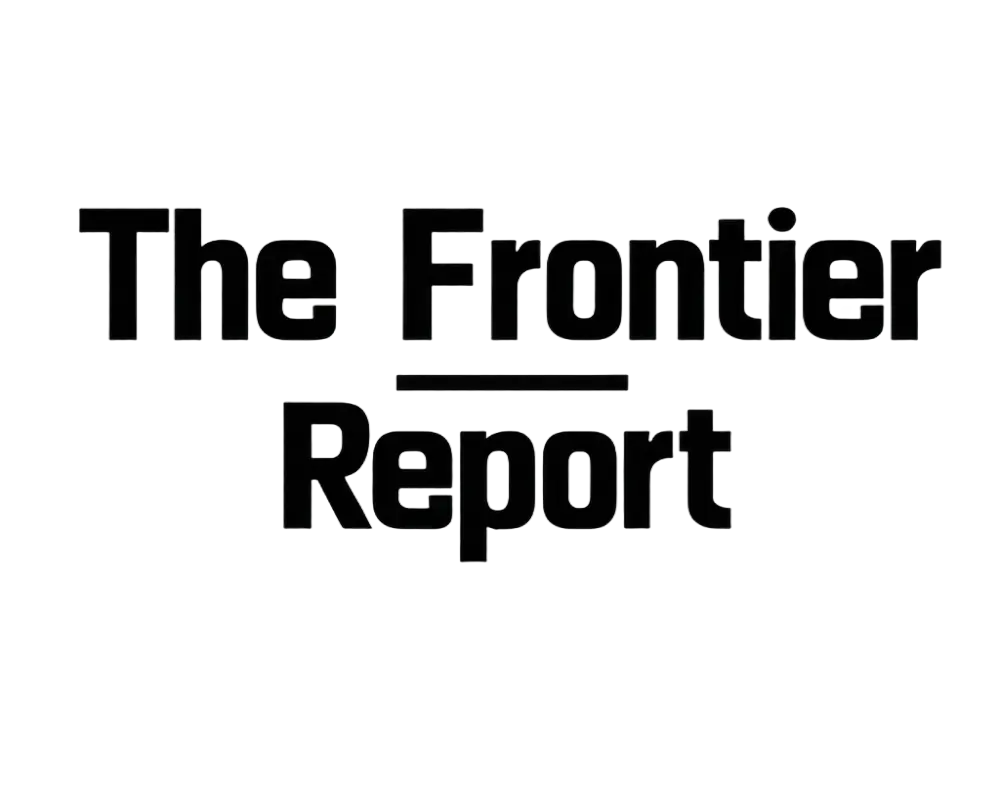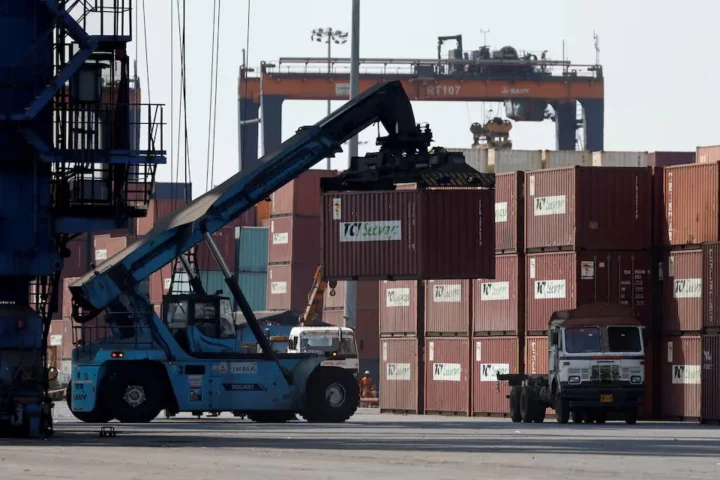After years of layoffs and hiring freezes, some U.S. startups are hiring again. A key reason: Congress brought back an old tax break that lets them deduct R&D costs upfront. That change has freed up cash and made it easier for young companies to start rebuilding.
Before the rollback, startups had to spread those costs over several years. That slowed spending and froze hiring. Now, with more room in the budget, founders are bringing back engineers, designers, and product teams—slowly, not at scale, but enough to notice.
Startups run lean. Every dollar counts. So policy shifts like this one hit hard. Big Tech can absorb change. Startups can’t. For many, this tax break isn’t just a boost—it’s survival. Some are hiring in the U.S. again instead of outsourcing. Others are restarting projects they’d shelved. It’s not a boom. But it’s movement in the right direction.
Still, this hiring wave looks nothing like the free-spending days of 2020 or 2021. It’s cautious. Tactical. Founders are hiring for gaps they can’t fill with automation or overseas help. The goal isn’t growth—it’s staying alive while building just enough to compete.
Big Tech Still Pulling Talent Away
Even with the Trump tax break, startups face a bigger problem: Big Tech keeps poaching their people. Companies like Google, Meta, and Amazon are scooping up founders and engineers without buying their companies. They offer big paychecks, stock, and job security that startups can’t match.
These “reverse acquihires” leave young companies gutted. A founder takes the deal, the startup collapses, and the rest of the team scatters. It’s happening more often. Some of these startups never raise another round. Others fold within months.
This creates a warped market. Startups can now afford to hire—but they can’t always keep who they hire. And the better the employee, the more likely Big Tech will come knocking. Venture capitalists are worried. If this keeps up, the startup pipeline weakens. Fewer strong teams, fewer bold ideas, fewer breakout companies.
Overall, startup headcounts are still down. Layoffs, burnout, and AI-driven cuts have shrunk teams. The current wave of hiring isn’t about rebuilding old roles—it’s about plugging the holes. Startups want people who can do more with less. One solid hire matters more than five junior ones.

Cautious Optimism, Fragile Progress
For U.S. tech workers, this hiring shift is good news—if you’re in the right role. Startups offer more hands-on experience and faster growth than corporate jobs. But the pay is lower, and the risk is higher. Equity can pay off—but often doesn’t. Still, for workers burned out by Big Tech’s scale and structure, startups offer something different.
Even with the tax help, most founders aren’t rushing to grow. The VC money isn’t flowing like it used to. Investors want proof that companies can make money—not just spend it. That pressure keeps hiring tight. Founders are moving slow because they know how fast things can fall apart.
AI is also changing things. Tools that replace junior roles are everywhere. Founders don’t need full teams—they need sharp people who can ship fast, think for themselves, and handle five jobs at once. That narrows the field even more.
The future depends on policy. If Congress keeps the R&D tax break, startups might keep hiring. If it reverses course, the hiring will stop cold. Global wages still matter too—India, Eastern Europe, and Latin America are cheaper, and still part of the plan for many startups.
Right now, startups are rebuilding carefully. There’s no hiring boom. Just a small shift, sparked by a rule change, that gave founders a little breathing room. Whether it sticks depends on money, politics, and who can hold onto their team the longest.







